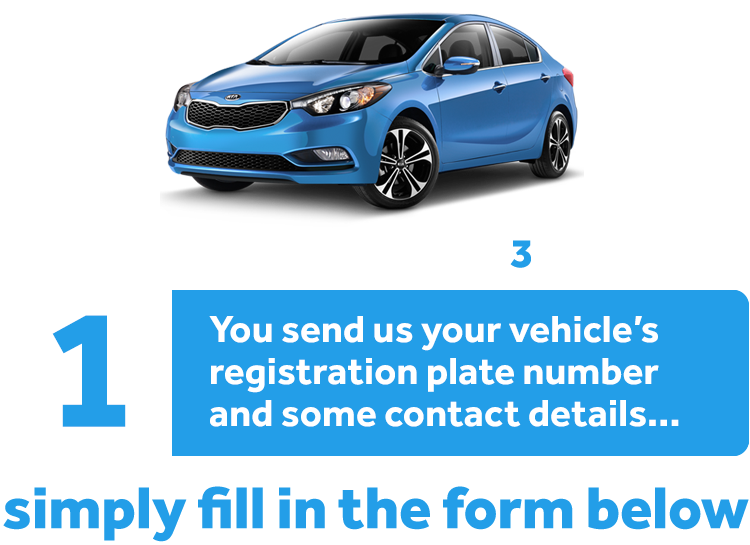How to Spot a Lemon: Warning Signs in Used Cars

Buying a pre-owned car can be an thrilling experience, but it can also be filled with potential pitfalls. With numerous options available and different conditions of vehicles, how can you ensure that you secure a wise investment? One of the biggest fears many buyers have is ending up with a lemon, a car that proves to be to have major defects hidden beneath its gleaming exterior. To avoid this fate, knowing what red flags to look for is essential.
In this piece, we will explore the telltale signs of a troublesome used car and provide you with advice on how to identify a good deal. From understanding vehicle background to evaluating maintenance records, our guide will help equip you with the insight needed to maneuver through the used car market with confidence. You will also find important insights on how to distinguish between CPO vehicles and standard used cars, and why when your purchase can make all the difference. Let's explore the world of used cars and arm ourselves with the resources to make informed decisions.
Before You Buy: Key Checks
Before deciding on a pre-owned car, conducting thorough checks is crucial to avoid potential issues. Start by reviewing the vehicle's history document. This report can disclose crucial details such as previous accidents, title issues, and service history. Look for important source or warning signs, as a clean history can point to a well-maintained vehicle. Ensure you use trustworthy services like Carfax for accurate information.

After that, inspect the vehicle in person. A visual inspection can show signs of deterioration that may not be immediately apparent. Check for rust, uneven paint, or signs of body repairs that could indicate a previous accident. Additionally, assess the condition of the tires, brakes, and suspension. These components can be costly to repair and are essential for safety and performance.
Lastly, take the vehicle for a test drive. Pay attention to how the car operates, including the engine sound, transmission smoothness, and braking performance. Listen for any unusual noises and check all features, such as the air conditioning, lights, and infotainment system. A thorough test drive will help you gauge if the car meets your expectations and is worth the expense.
Monetary Solutions and Value Insights
When purchasing a used car, comprehending financing possibilities is crucial for taking a intelligent financial decision. The interest on used car loans can vary significantly depending on elements such as your financial standing and the bank you choose. It's advisable to shop around for the most favorable rates, particularly if you have bad credit. Many car dealerships offer funding options, but they might not always provide the best conditions. Looking into loans from local banks or financial institutions can yield more favorable rates, potentially saving you you a significant amount over the term of the loan.
An additional crucial factor is the depreciation of the car you are looking at. Used cars generally depreciate at a less rapid rate than brand new cars, which can be favorable. Understanding how pre-owned car values change can assist you find a favorable deal. References like Kelly Blue Book and Edmunds.com can provide insightful knowledge into the market and help you gauge whether you are spending a just price. Monitoring how the industry has shifted in recent years can further inform your acquisition judgments.
Finally, be sure to consider the effect of warranties and service contracts on your second-hand car expenditure. While many used cars could not come with a factory coverage, you should check if any existing coverage remains. CPO vehicles often come with enhanced guarantees that provide additional security. When paying for a used vehicle, it's also sensible to inquire about options for additional coverage, as they can safeguard you from expensive maintenance and maintenance in the future, protecting the vehicle's cost over time.
Industry Trends and Insights and Insights
The pre-owned car market has witnessed significant variations over the recent few years, influenced by multiple economic elements. As costs for new vehicles skyrocketed due to supply chain disruptions and production delays, numerous buyers turned to used cars as a more affordable alternative. This shift has led in higher demand for certified used vehicles, which often come with guarantees and a comprehensive inspection process, appealing to buyers looking for peace of mind without the new car price tag.
Current trends indicate that fuel-efficient models and family-oriented SUVs are particularly sought after, reflecting growing consumer awareness of both eco-friendliness and utility. As families prioritize safety and cost, the demand for reliable used SUVs continues to rise, leading to limited stock and competitive prices for popular vehicles. Additionally, the emergence of electric vehicles in the used market is gaining ground, with buyers considering both conventional and electric options as they look to find a balance between cost with sustainability.
The economic landscape also plays a pivotal role in used car prices. Factors such as interest rates, inflation, and consumer spending habits contribute to price fluctuations. Observing these economic indicators can provide potential buyers insights into the best moments to purchase a used vehicle, helping them identify good offers and steer clear of overpaying in a market that is continually changing.
